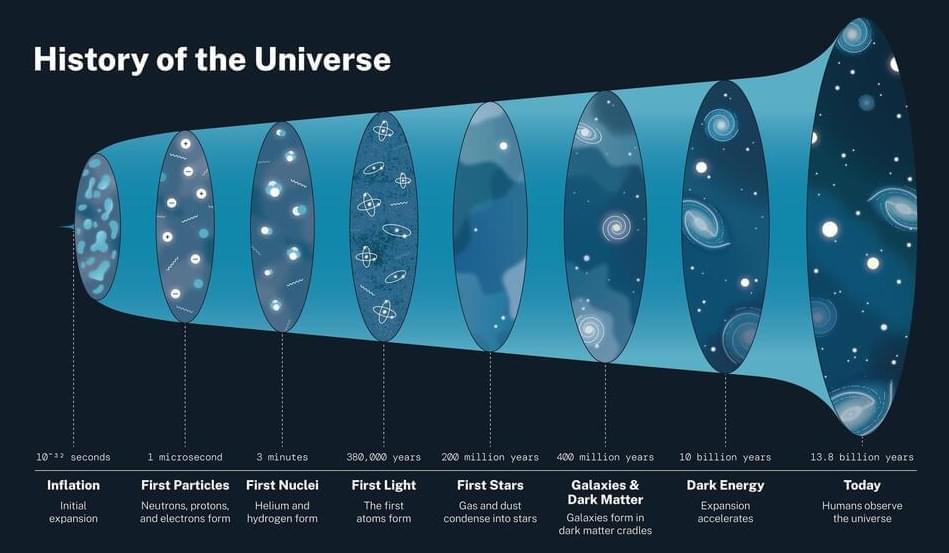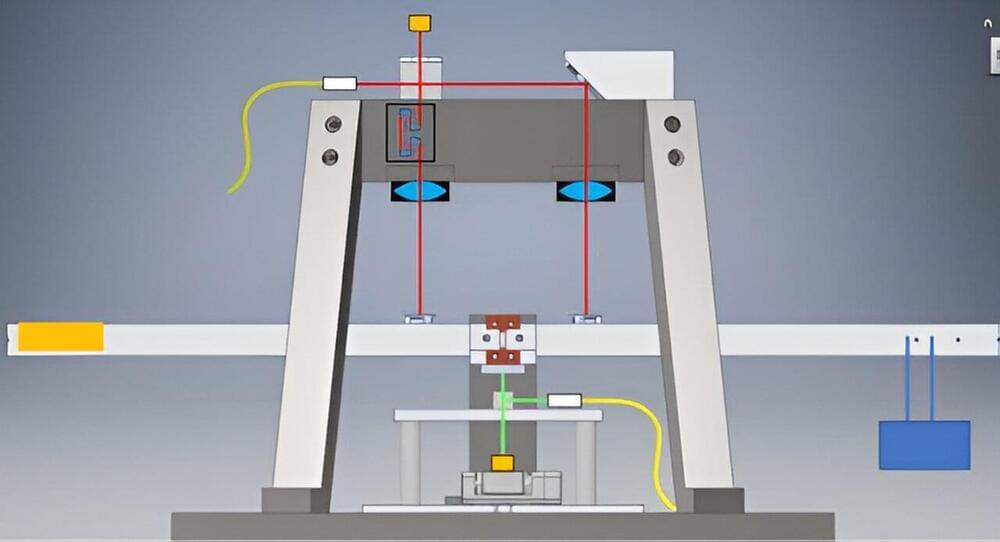Fly, goat, fly! A new AI agent from Google DeepMind can play different games, including ones it has never seen before such as Goat Simulator 3, a fun action game with exaggerated physics. Researchers were able to get it to follow text commands to play seven different games and move around in three different 3D research environments. It’s a step toward more generalized AI that can transfer skills across multiple environments.
Google DeepMind has had huge success developing game-playing AI systems. Its system AlphaGo, which beat top professional player Lee Sedol at the game Go in 2016, was a major milestone that showed the power of deep learning. But unlike earlier game-playing AI systems, which mastered only one game or could only follow single goals or commands, this new agent is able to play a variety of different games, including Valheim and No Man’s Sky. It’s called SIMA, an acronym for “scalable, instructable, multiworld agent.”








